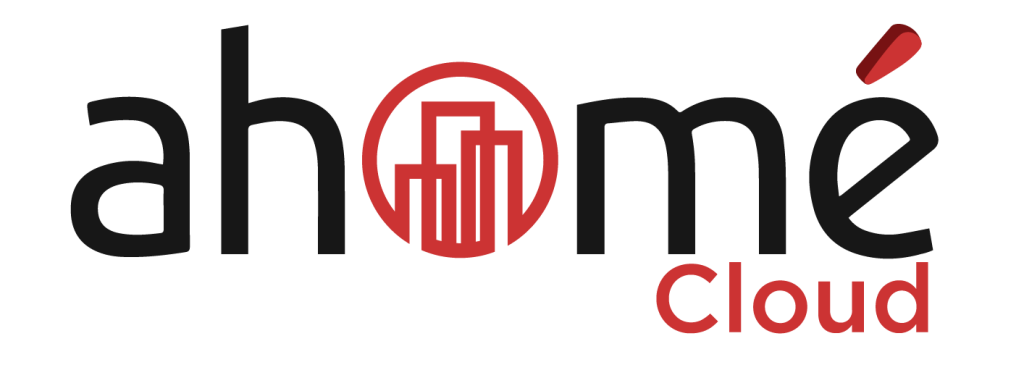Cloud technology quickly rose to popularity owing to a few amazing features that revolutionized how businesses operate and deliver solutions. Scalability is one of the important features that drove this adoption. Scalability is the ability of the cloud to increase or decrease IT resources to meet changing demands. It significantly reduces CapEx as organizations don’t have to invest heavily in the infrastructure upfront. Moreover, you can start slowly and scale up and down on-demand and thereby optimizing costs.

Danny AFAHOUNKO
Cloud Architect |
CEO & FOUNDER of Cloud Inspire
Danny has a wide experience in digital transformation, having accompanied many companies in different industries across Africa and France through their cloud journey. Danny is a cloud expert and his objective at Cloud Inspire is to make cloud adoption accessible in Africa.
Choosing the right cloud tools matters the most.
Choosing the right tools is the key to fully leveraging the cloud benefits. Before implementing a cloud solution, check out the philosophy behind the technology. What is the purpose of the tool and what problem is it trying to solve? How is the architecture designed? Identify the companies that are using that tool and how they are implementing it in their infrastructure. Getting expert advice from cloud architects and experts in that domain is highly recommended.
Secondly, consider the company or the community that is contributing to the tool. For instance, Kubernetes is a container orchestration tool developed by Google in 2014. The tool was offered to Cloud Network Computing Federation as a seed technology in 2016. Today, CNCF maintains the tool and offers it as an open-source service. Google, IBM, Red Hat, Intel etc. are actively contributing to the tool and the governance model is transparent. As such, you can be rest assured that the tool is future-proof.
Thirdly, check the scalability feature of the tool. With DevOps-based infrastructures powered by cloud-native and microservices architectures, organizations get the luxury of implementing distributed systems. In a distributed network, organizations should be able to scale the tool horizontally to accommodate more traffic. Ensure that the tool seamlessly scales out while delivering the same performance.
Another aspect to consider is open-source tools. Avoid closed and proprietary solutions as they come with a hefty price tag but offer limited access to source code. Most of the features might not be useful to your organization. Open-source tools are free and allow you to study the source code, modify it as per your technical requirements and redistribute it. You can sell the modified code as well. They are secure because multiple developers contribute to the tool. When a vulnerability is identified, the community is instantly notified. Seamless integration with other tools is possible too. There is no vendor dependency or monopolies.
Your Cloud Must Carry its Own Continuous Improvement Tools.
For dynamically scaling the cloud, your cloud architecture should comprise continuous improvement tools.
1.
CI/CD Pipeline
Firstly, implementing a CI/CD pipeline is important. CI/CD is the primary backbone of a DevOps environment. Continuous integration (CI) is about integrating source code in a shared repository wherein every commit is verified by an automated build. Continuous deployment (CD) is the automatic release of code into production after testing it. A CI/CD pipeline facilitates faster delivery with less manual effort. With automated testing, you can frequently make changes to the product and release it without any downtime as every change is validated before going into production. If any change breaks the system, you can instantly roll back the system to an earlier version.
CI/CD pipelines generate extensive logs at every stage, helping you understand the application behaviour and key performance metrics. It allows you to make changes individually and document everything for observability.
2.
Network Operations Center
It is highly recommended to set up a network operation center for resource and capacity planning. A NOC is a centralized IT hub wherein teams can monitor and manage the health and performance of a network. It covers servers, wiring, databases, firewalls, wireless devices, network devices, telecommunications and reporting dashboards. With full visibility into networks, administrators can detect anomalies and quickly take effective steps to resolve issues as they arise. The NOC enables organizations to always ensure that the network delivers optimal performance with high availability. As it covers helpdesk and customer support, organizations can deliver a superior customer experience as well.
3.
Security Operations Center
In addition to a NOC, your cloud infrastructure should also contain a Security Operations Center. A SOC comprises security teams and tools that monitor and manage the security of the infrastructure round the clock. Both NOC and SOC work on similar lines. However, NOC is more focused on network availability and performance while SOC handles cyber-security threats. It is recommended to ensure that both NOC and SOC teams work in tandem and are not siloed. As a best practice, ensure that clear-cut policies and protocols are established for incident management, escalation and prioritization.
4.
Reliable Backup System
A proven and reliable backup system is not an option but a necessity. It safeguards your data and apps from security threats as well as outages and weather disturbances while enabling quick restoration of data in normal conditions as well as during a disaster. Ensure that the cloud backup is flexible enough to scale up and down, on-demand.
5.
Delegating
It is important to delegate the management and operations of your cloud. Not only does it bring shared responsibility across teams, but it will also help you focus on core operations while better-documenting everything.
6.
Sustainability
Listening to customers is key to sustaining a business. Continuously monitor your customer feedback and stay open to integrating new features. With a scalable and flexible architecture, new features can be easily implemented without hurting the system.
Last but not the least, remember that every cloud solution is offered as a service to your customers. Ensure that it meets their needs and is always ready to adjust itself to their changing demands.
To learn more about scaling up your cloud, contact the team at Cloud Inspire. We accompany technical teams with different levels of training courses on several cloud subjects.
Be updated with regular Private Cloud News.
Talk to us! Cloud Inspire
We Power on Sovereign Cloud in Africa.
At Cloud Inspire, we are cloud experts and we facilitate the onboarding of African companies onto their cloud journey, fully equipped with an adapted cloud solution called ahomé cloud.
ahomé cloud is an alternative cloud solution to the mainstream global players, designed and tailored for African companies. With a guaranteed time to market of 30 days, ahomé cloud is hosted locally in your datacenter, enabling the sovereignty of your services. Moreover, it offers a fully integrated self-service platform (automation, CI/CD pipelines, ecommerce interface, payment gateway, in built security, support) making it the ONLY solution of its kind on the African market.

An alternate Solution for Africa.
Related Posts

Renforcez votre cybersécurité grâce à l’Intelligence Artificielle | 30 octobre
Renforcez votre cybersécurité avec l’IA. Rejoignez notre webinaire exclusif pour DSI, CISOs et Directeurs Informatiques, et découvrez comment l’intelligence artificielle révolutionne la sécurité informatique grâce à des cas pratiques et des démonstrations en direct.

Gagnez du temps : Gérez vos contacts et cartes de visite avec l’IA | 16 octobre
Vous en avez assez des piles de cartes de visite qui s’accumulent ?
Découvrez comment l’intelligence artificielle peut transformer la gestion de vos contacts, vous faire gagnez du temps et booster votre productivité.

MLOps et DevOps : Un Duo gagnant pour réussir l’IA | 2 octobre
Découvrez comment MLOps et DevOps collaborent pour réussir le déploiement de l’intelligence artificielle. Apprenez à automatiser, sécuriser et passer en production vos modèles IA. Ne restez plus en pré-prod, maîtrisez chaque étape !
















